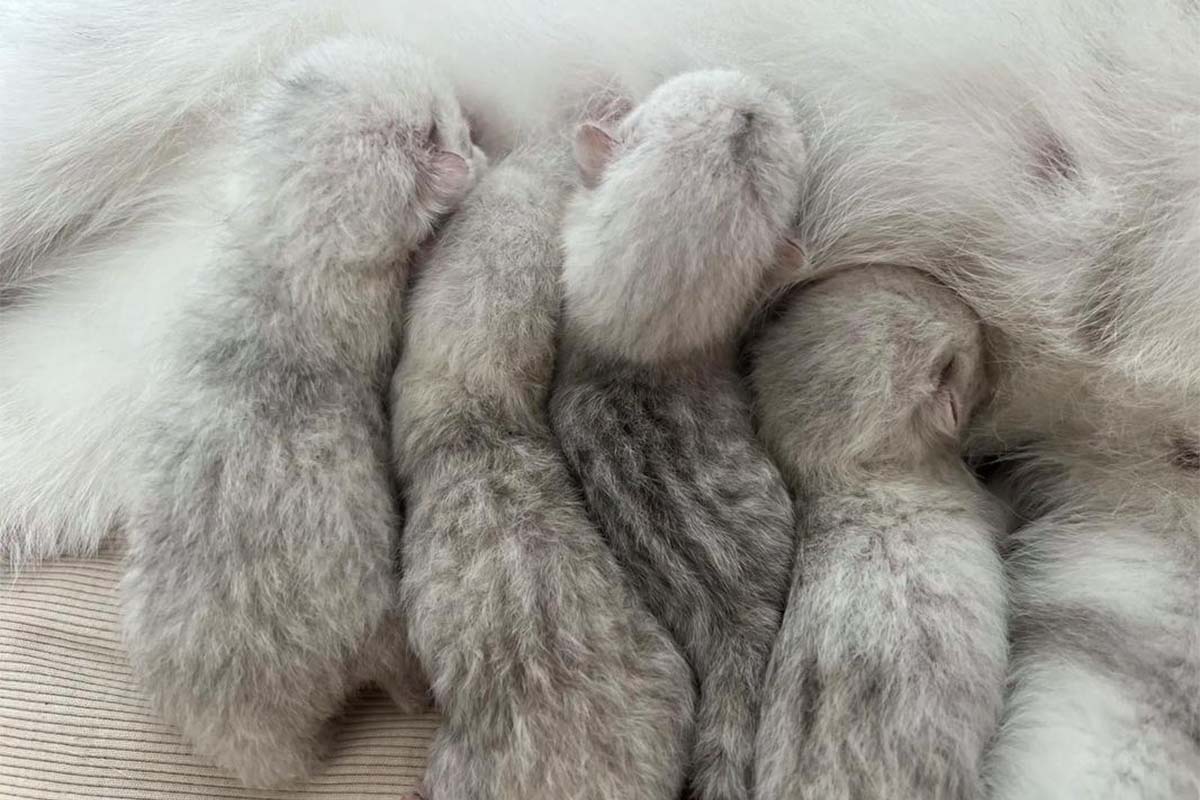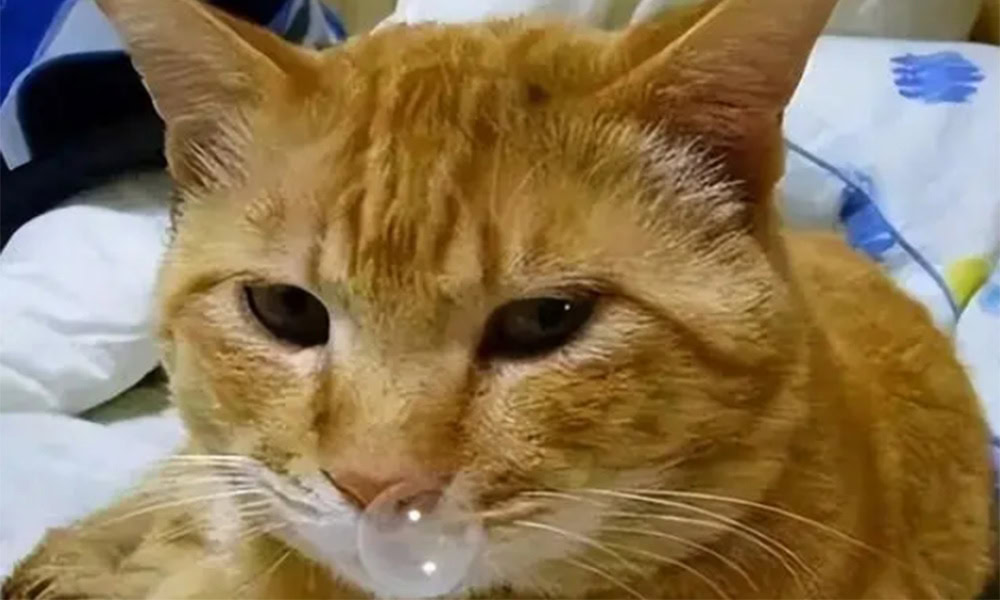How to Care for a Newborn Kitten - No-Fuss Guide
Raising a new child kitten is no small task—but it’s absolutely doable. If mama cat’s there and doing her thing, she’ll cope with most of the difficult stuff. But if she’s lacking or can’t care for her babies, you’ll need to step up. Below’s a simple breakdown of feeding, maintaining them cozy, and the basics to get you via those first few weeks.
Method 1: Helping the Mom Cat (0-4 Weeks)
Give her a quiet spot. Let mama choose where she needs to have her kittens—she is aware of best! A huge container with soft, dry bedding works great, but don’t stress if she chooses somewhere weird, like below your bed. Just go away her be.
Leave them by myself at first. For the first couple days after birth, maintain your distance as a whole lot as possible. This helps mama and her toddlers bond. Moving the kittens around too a great deal can make her tremendous anxious.
Keep essentials nearby. Put mama’s food, water, and litter container right next to her nest. That way, she doesn’t have to go away her kittens for long to take care of herself.
Feed mama extra. She needs greater meals to make adequate milk for her litter—so don’t skimp on her meals!
Let mama easy up. She’ll lick the kittens to keep them easy and help them go potty. Try now not to mess with the nest, but if the bedding receives dirty, swap it out rapidly when she leaves to devour or use the litter box.
Make positive all kittens are eating. Check in to see that every little one is nursing. If one receives pushed apart or isn’t latched on, you would possibly need to feed it your self (head to Method 2 for that).
Think about spaying later. Once the kittens are weaned, get mama spayed—it prevents more litters and is higher for her long-term health.
Method 2: Caring for Orphaned Kittens (0-4 Weeks)
Get the right milk. Use kitten milk replacer—you can locate it at vet clinics or pet stores. Never feed them cow’s milk—it’ll make them high-quality sick and supply them diarrhea. If you’re in a pinch before you can get replacer, provide a little water with a dropper.
Use a kitten bottle. A small kitten bottle with a tiny nipple is best. If you don’t have one, a dropper or a syringe (no needle!) works in an emergency.
Burp them like a baby. After feeding, preserve the kitten towards your shoulder or chest and pat its again gently until it burps—just like you would with a human newborn.
Help them pee and poop. Kittens can’t go on their own yet! Before and after each feeding, use a warm, damp cloth or cotton ball to rub their genital location softly. This mimics mama’s licking and gets them to go.
Check their output. Pee must be pale yellow; poop be yellowish-brown. If you see dark urine, green poop, or no pee for 12 hours, call a vet ASAP—that’s trouble.
Feed them often. Newborns want food each 2-3 hours, day and night. Their stomach should appear spherical but no longer tight after eating. After 2 weeks, you can stretch it to every 3-4 hours, with a longer 6-hour spoil at night.
Keep them warm. Kittens can’t regulate their body heat. Use a pet-safe heating pad (cover it with a towel so it’s no longer too hot) or a hot water bottle wrapped in cloth. Put it under half of their bedding so they can cross away if they get too warm.
Don’t feed a bloodless kitten. If their ears, paws, or mouth sense cold, warm them up slowly first! Wrap them in a tender blanket and keep them shut to your body for an hour or two. Feeding a bloodless kitten is dangerous.
See a vet early. Take orphaned kittens to the vet soon to take a look at for troubles like dehydration or worms—it’s higher to be safe.
Method 3: Weaning and Socializing (4-8 Weeks)
Start supplying solid food. Around 4 weeks, kittens will get curious about mama’s food (or whatever you’re offering). Mix moist kitten meals with a little milk replacer to make a mushy gruel—they’ll love it.
Give them water. Once weaning starts, hold a shallow dish of clean water out—they’ll begin sipping it on their own.
Get them used to the world. three to nine weeks is a massive time for socializing! Handle them gently every day, and let them hear/see ordinary household stuff—vacuums, TVs, distinct people. This helps them grow up pleasant and confident.
Use protected litter. Stick to non-clumping kitten litter—clumping stuff is awful if they consume it (and they would possibly try!). Use a low-sided litter pan so they can climb in easily. Show them the place it is, in particular after meals or if they look like they need to go.
Keep them indoors. Don’t let kittens backyard until the vet says it’s okay—usually after they’ve had all their vaccinations.
Wait to rehome them. Kittens must continue to be with mama and their littermates till at least 8 weeks ancient (12 weeks is even better!). This is how they examine important cat behaviors, like how to play nicely.
Yeah, it’s a bit of work—but gazing a tiny, wobbly kitten grow into a playful fur baby? Totally really worth it. Just take it one step at a time, and you’ll do great.


